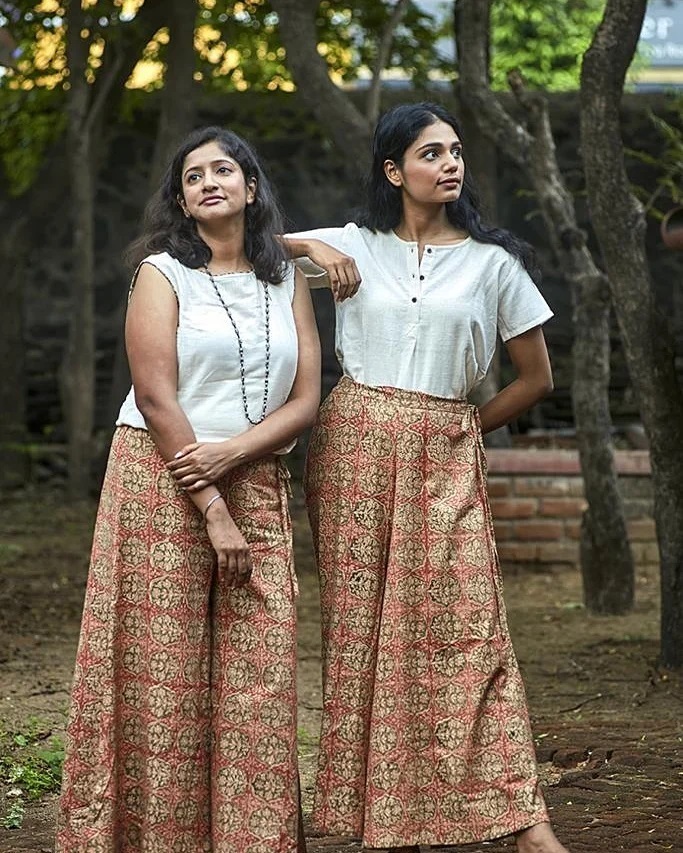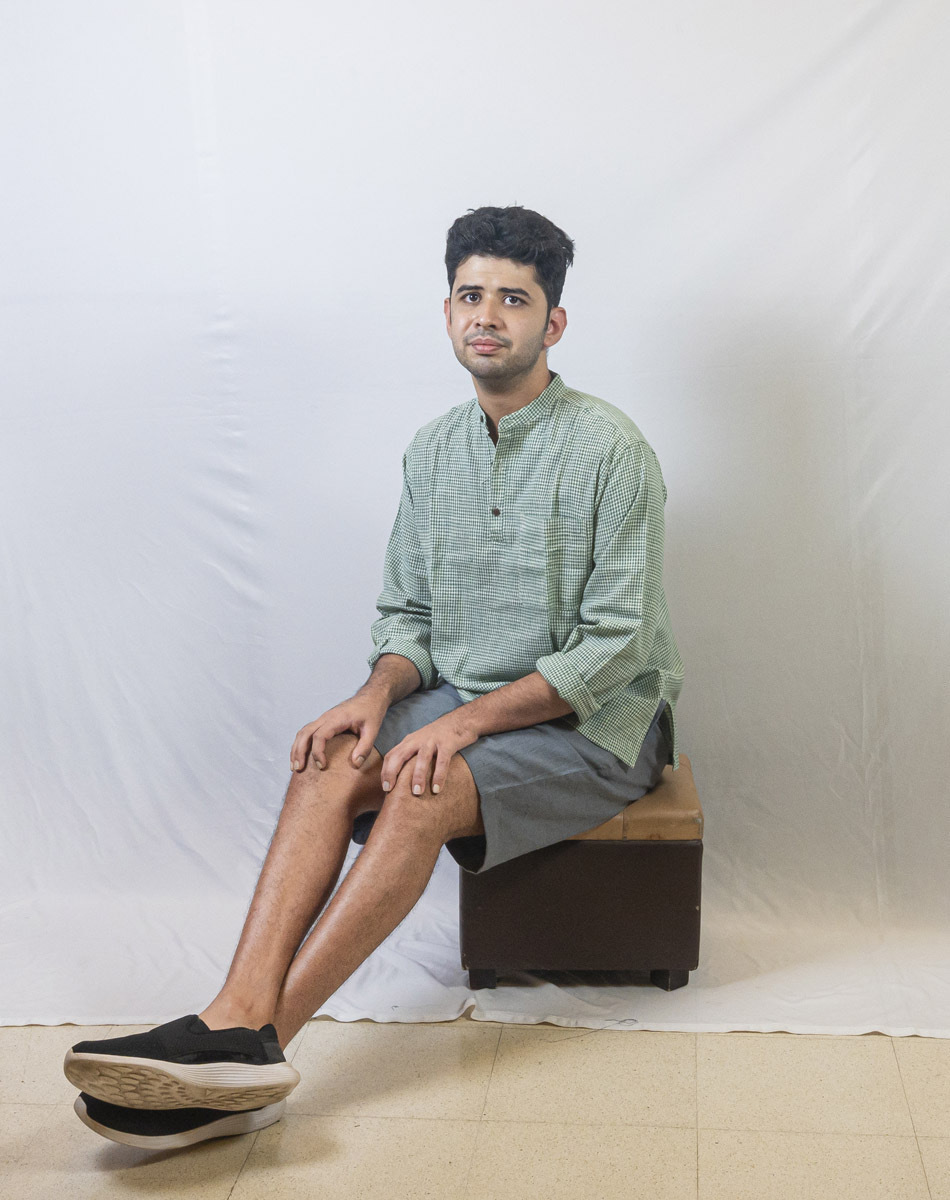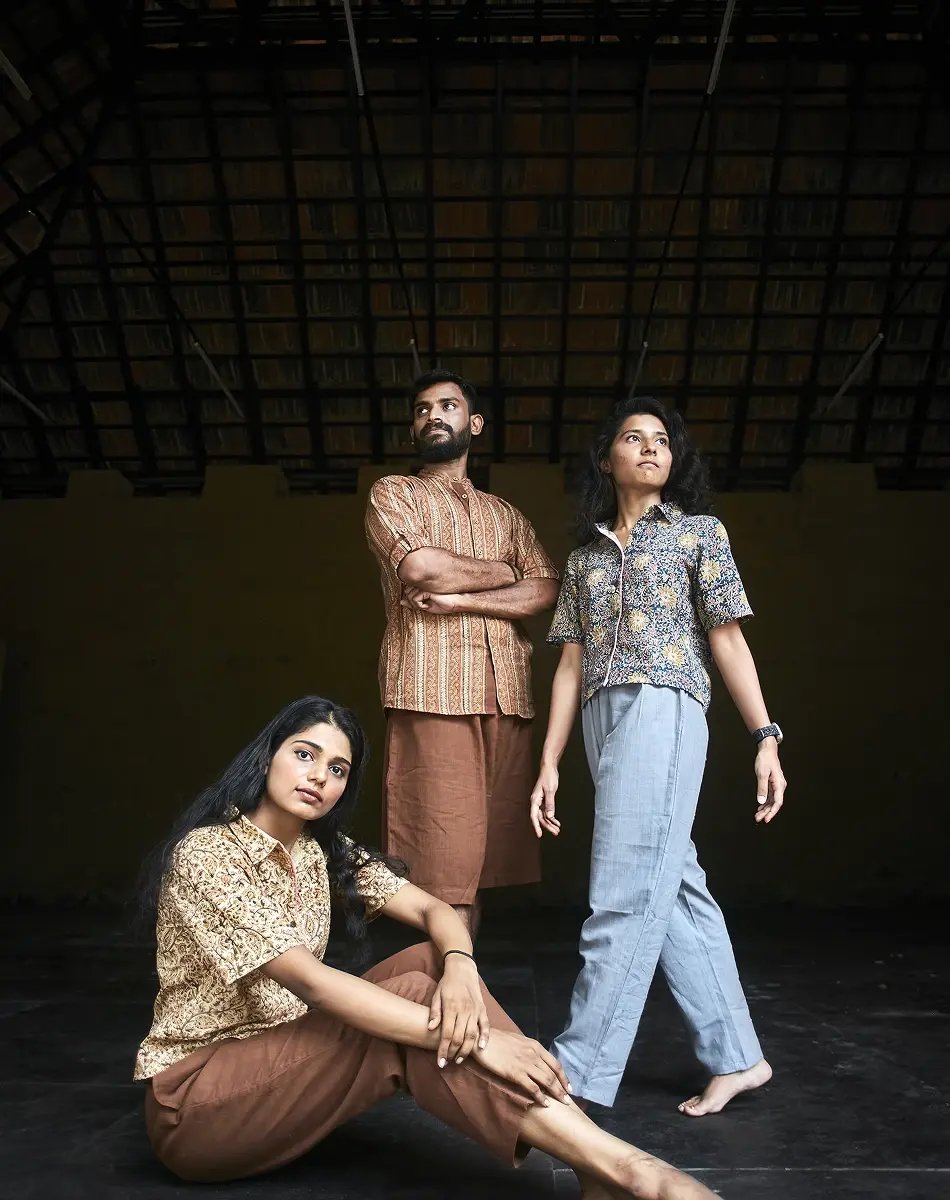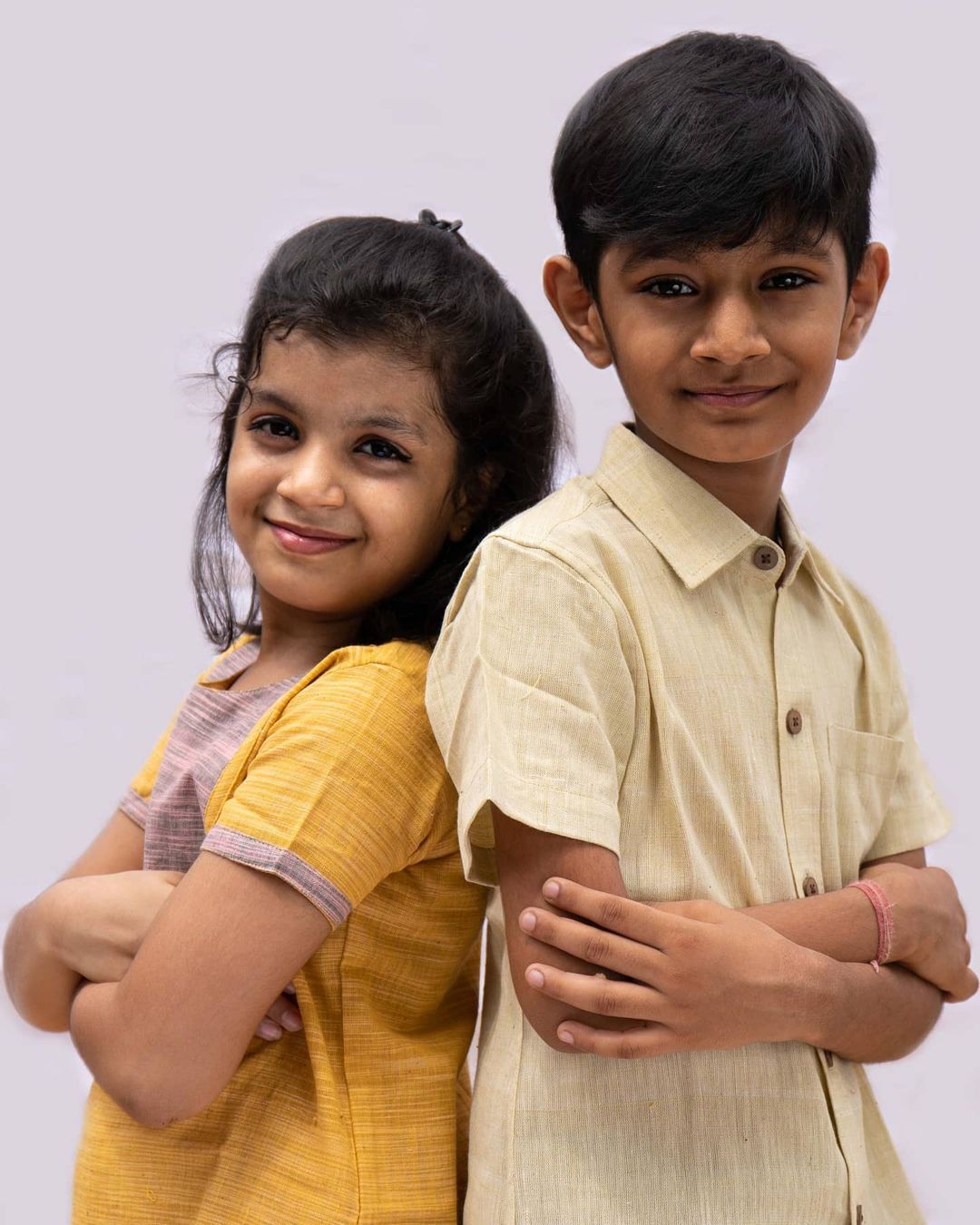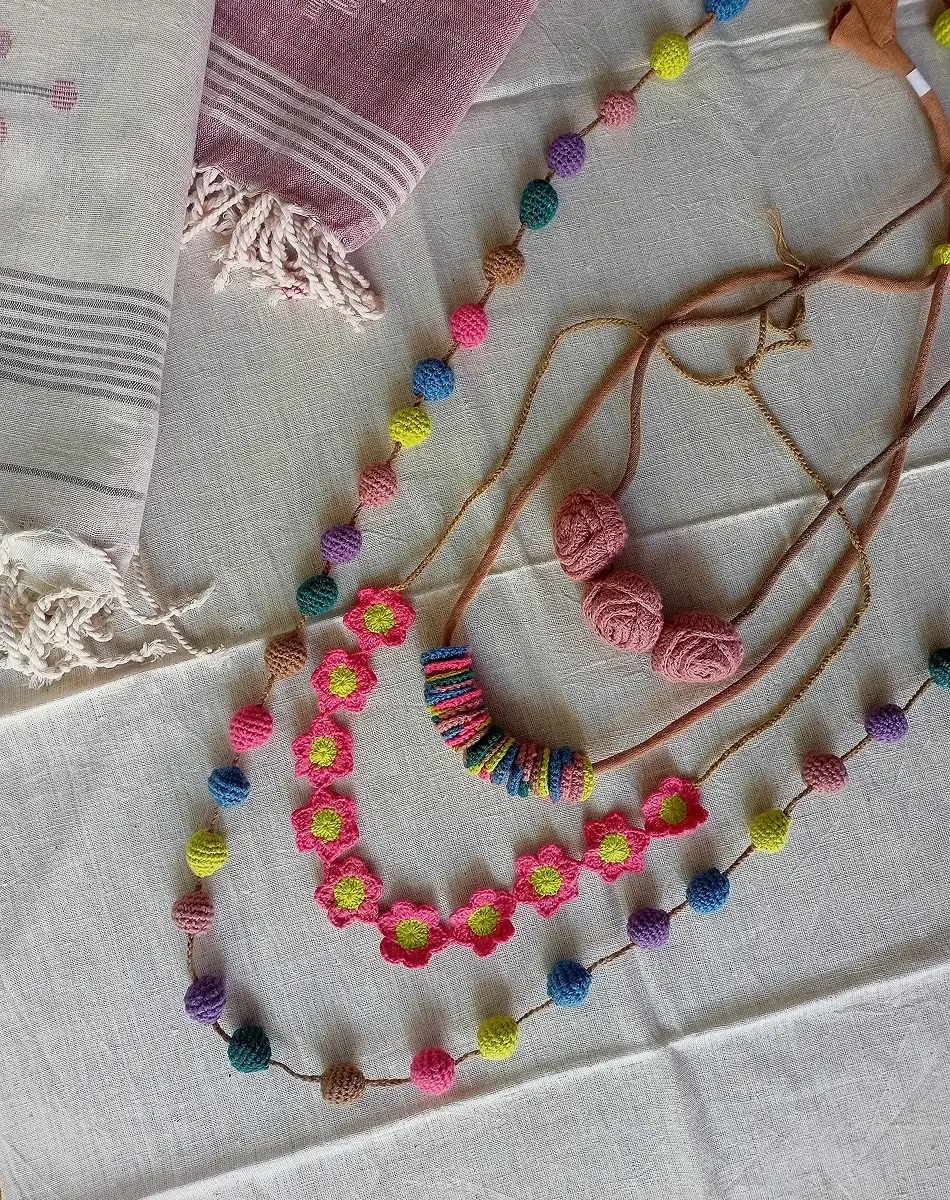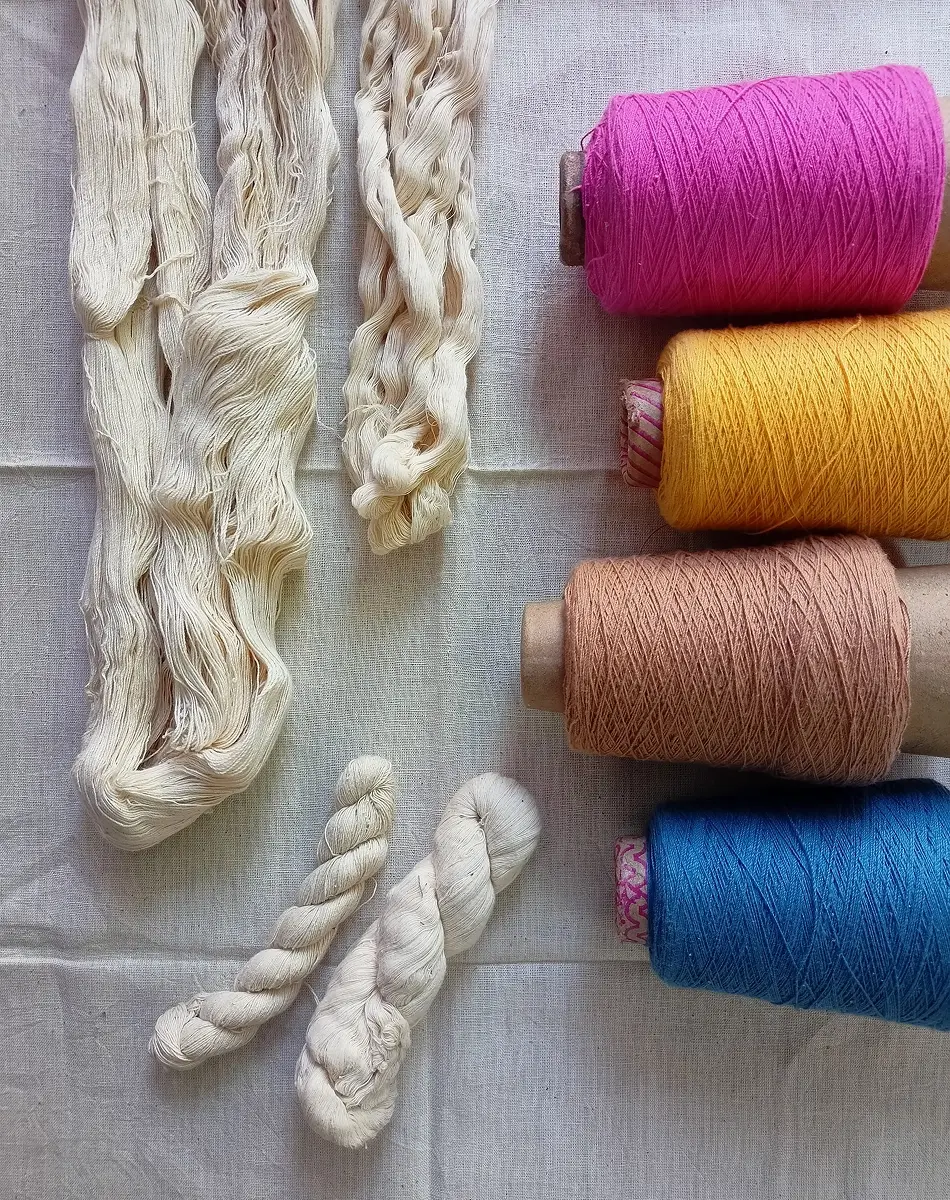Tula India – Organic Desi Cotton, Handspun, Handwoven, Natural Dyed and Manual Tailored Clothing
- About Us
- Products
-
-
-
-
- WomenChoose from a wide range of colourful Tops/kurtis made using rainfed organic cotton, hand spun, hand woven, naturally dyed and manually tailored.
- MenFrom half sleeves to full sleeve shirts, short kurtas to long kurtas. Make your choice!
- KidsA wide collection of kids wear for boys and girls using the finest and softest cotton.
- BottomsChoose from our range of unisex pajams, Palazzo, Shorts, Towels and more
-
-
- Value Chain
- Ambassadors
- News
- Events
- Catalog
- Gift
- Gallery
- Contact Us
Tula, my PRIDE…
When Ananthoo told me, “there is a 98% chance that your ‘pure’ cotton kurta is made from genetically modified (GM) cotton”, well… I did not want to believe him. Being an organic farmer and wearing GM cotton was very shameful. Ananthoo also told me (in the year 2011) if there is only a 2% chance that we are still growing native varieties of cotton, in just 9 years after the approval of GM cotton in India, we have to act fast before it completely vanishes. This led us to read a lot about the cotton value chain, what varieties of cotton are grown, how it is processed – spinning, weaving, dyeing and stitching garments. We realized that the Textile sector is the second largest employment provider after agriculture in India and the largest provider of Foreign Direct Investments (FDI). It is a huge multi billion dollar industry with soaring domestic consumption and export opportunities. Naturally, being that big, the industry works in silos, each vertical concentrating on only their specialisation. No organaisation was working across all the sectors from growing cotton to selling garments.
Tula entered the industry with a vision to work all through the cotton value chain
- to restore organic farming of native rainfed (desi) cotton
- to work with struggling artisans who hand process the lint to make yarn and fabric
- to use only natural dyes
- to manually stitch readymade garments
- to achieve this goal with a small capital of just 15 lakhs raised from crowdfunding.
Is Khadi Village Industries Commission (KVIC) supposed to enforce all these values? That is what we assumed too, but it is another sad story.
- Khadi is selling a line of garments called ‘Polyvastra’ which is a mix of cotton and polyester!
- The sliver and roving to make hand spun yarn by Khadi Institutions are made in only 5 Central Sliver Plants (CSP) across the country, whereas the foundation for creating Khadi is decentralisation!
- The varieties of cotton procured by KVIC are BB Mod, Y-1/S-4, H-4/J-34, LRA/MECH, MUC-5 and DCH-32 out of which only Y-1 is an improved Indian variety and all the others are hybrid with American varieties, mostly GM!
- Khadi institutions use chemical dyes mostly and very less natural dyes!
Eye Openers:
https://www.newindianexpress.com/states/karnataka/2022/aug/01/khadithe-icon-of-india-dying-aslow-death-due-to-poor-policy-making-2482808.html
https://pib.gov.in/PressReleaseIframePage.aspx?PRID=1805482
Why do we promote Desi Cotton?
There are four species of cotton in the world, Arboream, Herbaceum, Hirsutum and Barbadense. Arboreum and Herbaceum are native to this part of the world (Desi), Hirsutum is generally referred to as American cotton and Barbadense as Egyptian cotton. Arboreum and Herbaceum are short staple cotton, meaning the length of the individual fibre is short to medium. American cotton is long staple and Egyptian is extra long. We used to grow desi cotton and traditionally hand(slow) process them to make yarn. When the British ruled India for feeding their hungry spinning mills with cotton, short staple did not work well with fast, mechanised machines without breaking. Hence, they introduced American cotton to Indian soil and they were susceptible to boll worm infestations. Even after independence, our government continued with hybridisation of desi cotton with American cotton to increase the staple length to feed the spinning mills set up in India. To counter bollworms these cotton fields were sprayed with hazardous pesticides to an extent that more than half of the cultivation cost went to buying pesticides. At this juncture, in the name of saving farmers from using high amounts of pesticides, GM cotton was introduced in India in 2001/2002. All these measures have made the seed companies mint money by keeping farmers dependent on them for seeds every season, but the plight of the farmers did not change.
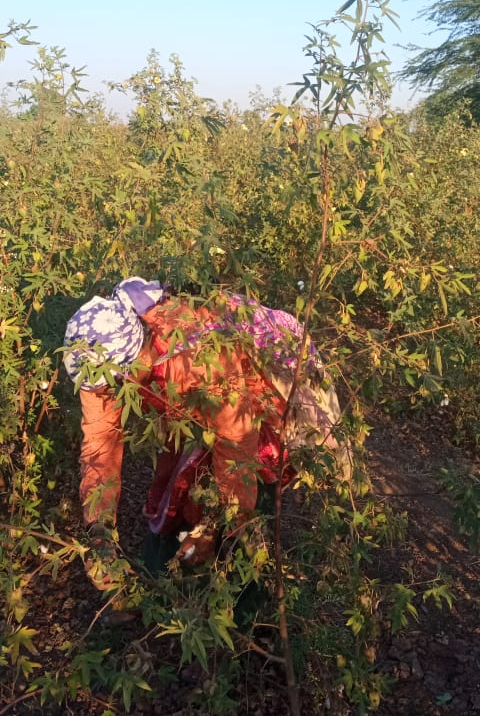
Desi cotton is traditionally organically grown in rainfed conditions as a multicrop mixed with at least 10 other seeds, legumes, vegetables and spices. This also took care of the food security for the farming families. But spinning mills wanted long staple cotton for mass production and the demand for desi cotton fell. High usage of fertilizers and pesticides also left their lands fallow and the yield of the American cotton also declined. We started working with farmers to grow organic desi cotton in rainfed conditions with an agreement that we will buy the cotton at a premium from market price. This improves their food security, because of multi cropping, enriches their soil year on year, reduces cultivation costs and assures marketability.
Why do we support Hand Spinning and Handloom? Short staple cotton is suitable for hand processing and it provides livelihood for people in the village and alleviates migration. High speed machines not only demand hazardous long staple cotton but favours mass production, feeding consumerism. Hand spinning and weaving is also decentralised, distributed and employs masses. It may seem that spinning mills and power looms employ lots of people but if you calculate the number of jobs it brings for the huge investment they are making, it is very costly. The workers often have to do mundane, repeated, single operations in a production line that wears them out, physically and mentally.
Handspinning and weaving from home does not warrant continuous shifts and could be done along with other chores in the house. It also provides a wholesome labour. The industries also use electricity, a non-renewable energy. Human energy and animal energy (muscle power) is the only, true renewable energy. Every other form of power generation uses lots of natural resources whether it is coal, hydro, solar (think of fiber plastics used to hold panels) or wind (think of huge fiber blades, metal posts for erection and the land under it).
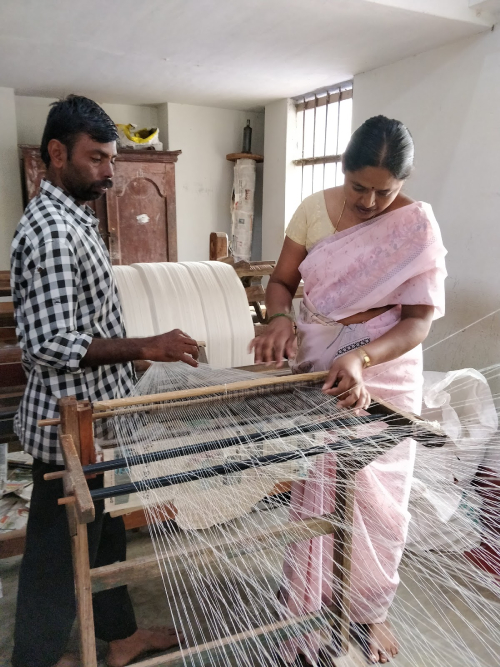
Hand spinning and weaving of desi cotton also produces a soft, thick, absorbent fabric that is suitable for Indian weather, hot, humid or cold.
Why do we use ONLY Natural Dyes?
Chemical dyes are not only hazardous to individuals wearing it, people who work on it but can spoil an ecosystem easily by contaminating water bodies. We all know the state of Noyyal river and its effect on the region because of the businesses in Tirupur. Tula uses only natural dyes made from waste products like rust, weeds, vegetable and fruit peels, ornamental flowers etc. We also do not bleach the cotton which is a default step in dyeing for colours to fasten well. Bleaching agents are all chemicals that are hazardous to the soil.
What is manual stitching?
One assumes that most of the stitching is done manually anywhere, but in an assembly line production system the people who stitch are called ‘sewing operators’ not tailors. You will understand why by watching the videos below. Also, the focus is on how to make the operator unskilled, make them do repetitive work and make the most out of them. The business focuses only on reducing the cost of production, not on the exploitation of physical and mental health of the people who work for them.
We stitch our garments with tailors who completely stitch a garment end to end making it a wholesome labour.
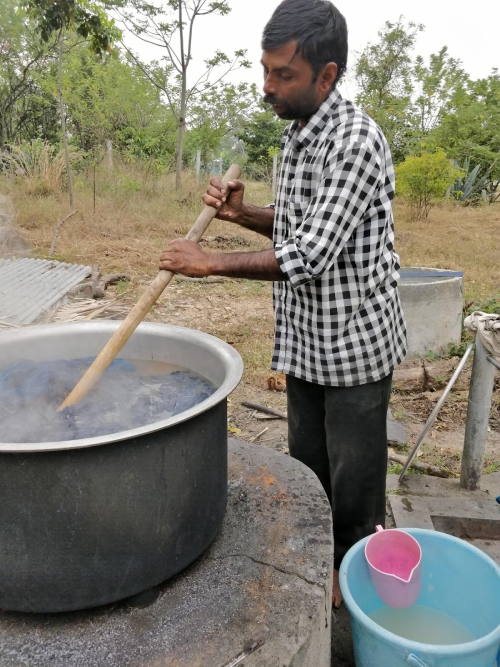
Why does it have to be a small investment?
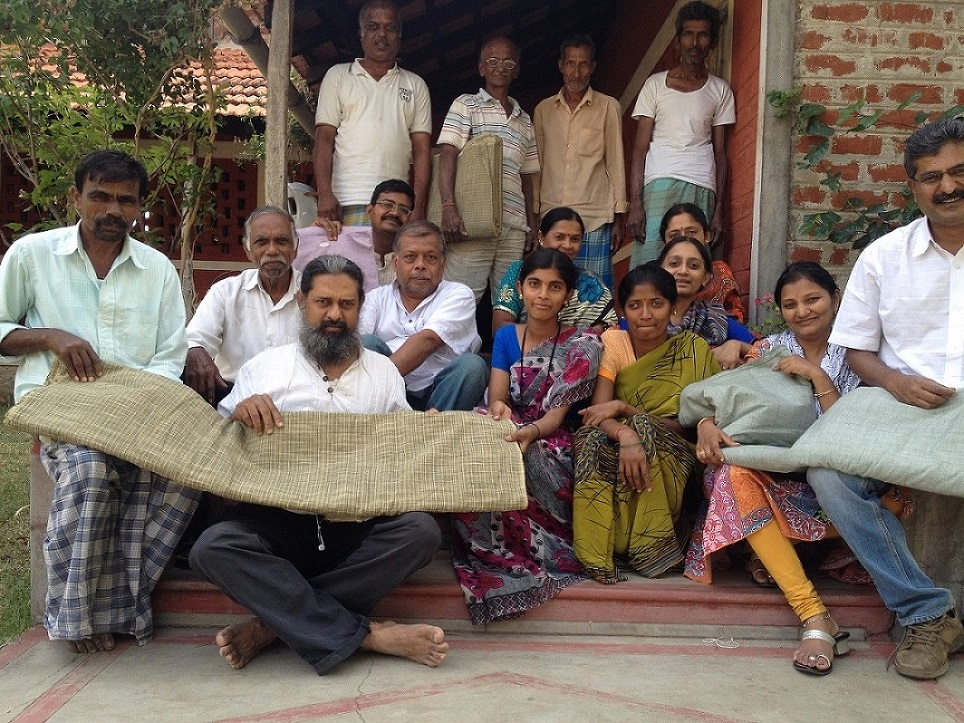
Now, my entire wardrobe is Tula. I wear my eco-friendly clothing with PRIDE.
– Jai Shankar, Co-founder, TULA

